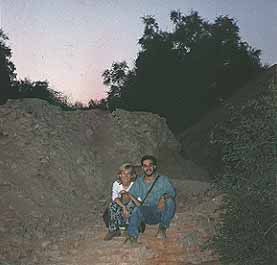
|
|
| Harappa is an ancient Indus river valley civilization. It flourished in the Punjab plains of Pakistan for almost 4,000 years. The original site dates back to the 3rd century BCE. The site comprises a citadel mound, a huge granary, a drainage/irrigation system and masses of small brick houses. Unfortunately, the local population and the British Railway (in the 1850's) have plundered so many bricks from the site that little is left for reconstruction purposes. The seals seen in this photo contain a form of glyphs that archeologists and linguists have yet to decipher. |
 |
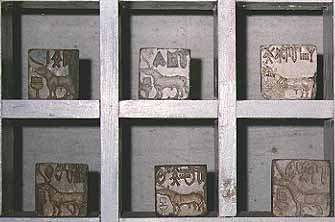 |
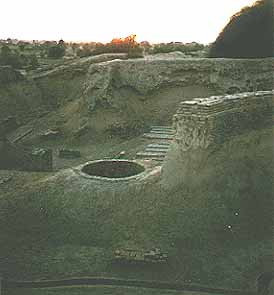 |
| The Ghandaran Plain stretches from Afghanistan to India. It is a path over which hundreds of conquerors, traders, missionaries and explorers have trekked. Taxila sits in the middle of this plain and is one of Asia's riches archeological sites. Greats such as Alexander and Ashoka left their personal touches to the city as they forayed around Asia conquering territory and people. During the later part of its history, Taxila was home to a Buddhist monastery; thousands of sculptures adorn the facades of buildings and grace the inner sanctuaries of temples. |
 |
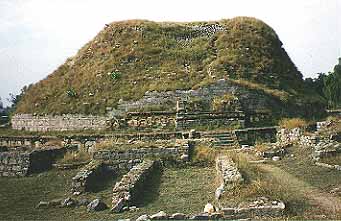 |
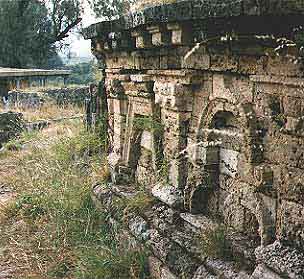 |
| Alexander the Great marched in and around present day Pakistan during his military expeditions. Swat Valley was subdued by his forces and handed over to a Mauryan regent. Buddhism thrived here; Swat was probably the birthplace of theTantric Buddhism that is so prevalent in Tibet (and among disaffected hippie tourists). Suvastu ruins sit atop a hill at the beginning of the pass. Alexander's troops would have held a commanding view (and undefeatable position) from this spot. And yes, that is your hostess firing a Russian AK47 off into the distance. |
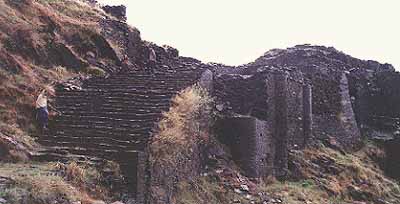 |
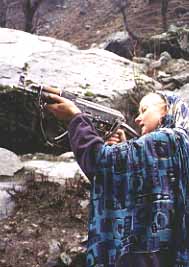 |
| The Hindu Kush range of the Himalayas has long been home to wandering bands of people. Life today is much what it would have been like centuries ago; few technological advances have seeped into the valleys and byways of the mountains. The adventurous can jeep up into the passes and see glyphs left by groups that have filtered through. This glyph shows a man with a recent kill. It is a more recent drawing; the use of a metal dagger and pseudo 'stirrups' on the legs suggest not more than three hundred years old. |
 |